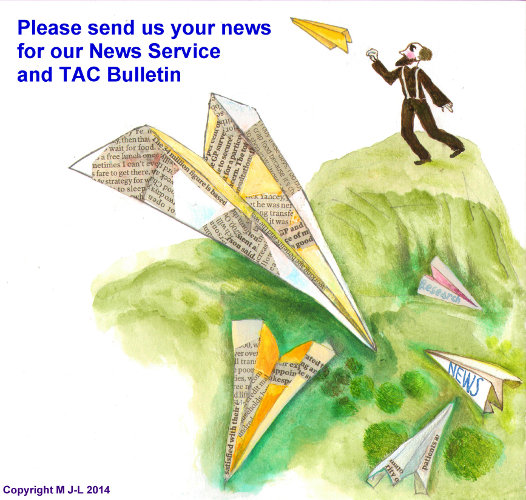Eye health in Aboriginal and Torres Strait Islander people
Quoting from:
http://www.aihw.gov.au/indigenous-observatory-eye-health/
This paper (see below) summarises the findings of the 2008 National Indigenous Eye Health Survey (NIEHS). It reports the overall prevalence of blindness and vision impairment in Aboriginal and Torres Strait Islander children aged 5 to 15 years and adults over the age of 40 years.
The paper also presents some data from the National Trachoma Surveillance and Reporting Unit, Medicare, hospital data and case studies.
What levels of vision loss do Indigenous Australians experience?
Vision loss refers to both low vision and blindness.
- Over the age of 40 years, Aboriginal and Torres Strait Islander people have 6 times the rate of blindness of other Australians.
- Aboriginal and Torres Strait Islander children have less poor vision than other Australian children.
- 35% of Indigenous Australian adults report they have never had an eye examination.
What are the main causes of Indigenous vision loss?
The most common cause of blindness in Indigenous adults was cataract (32%), and the most common cause of low vision was uncorrected refractive error (54%). Refractive errors include near-sightedness, far-sightedness and astigmatism.
In Indigenous children, uncorrected refractive error was the most important cause of low vision (56%) and blindness (33%).
More information: http://www.aihw.gov.au/WorkArea/DownloadAsset.aspx?id=10737418928&libID=10737418927


